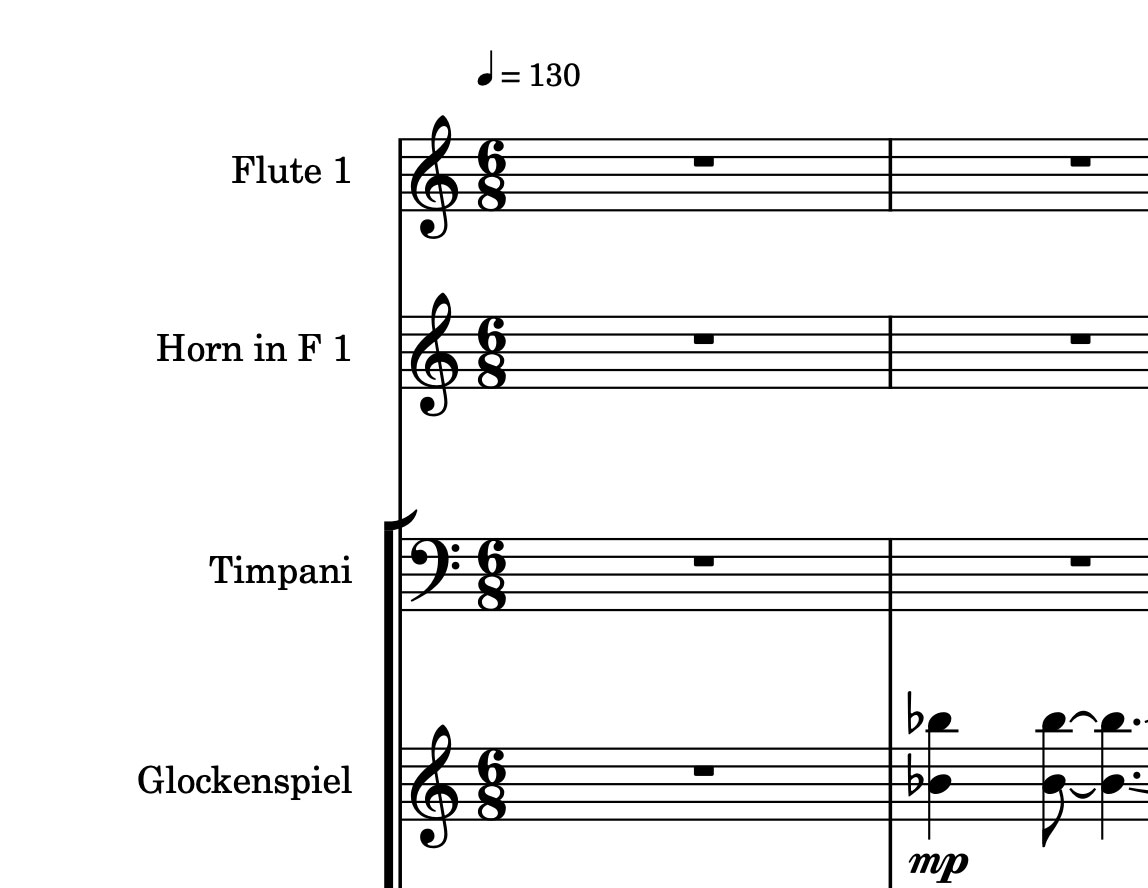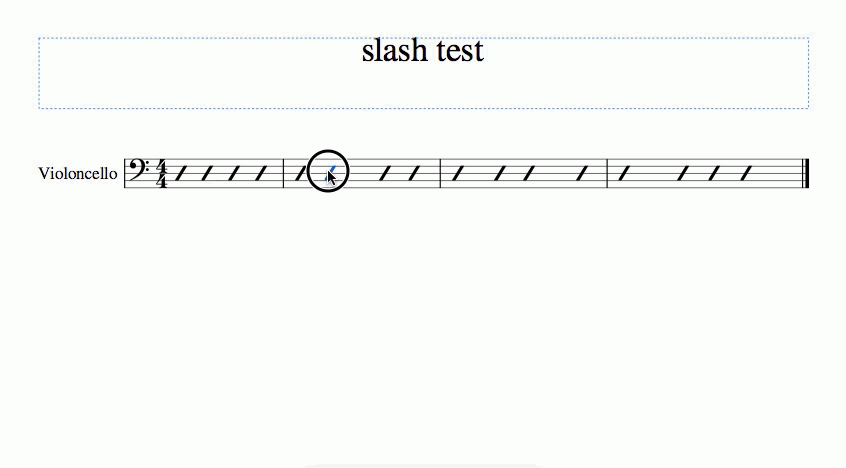

But I also have no issue with not merging for 2.0.3. And now that I remember it only affects hide empty staves and not mmrests, I'm less concerned about bad effects on existing scores. Hide empty staves renamed staff visibility ( 00:25) many keen dorico users. He's pretty versed in the workarounds, but as we has telling me about this, I thought it should be something we did automatically. FWIW, I implemented this at the request of an associate who runs a composition program for schoolchildren that uses MuseScore and they use hide empty staves a lot to allow musicians to read directly from scores but still keep the scores a manageable size. Web in setup mode, choose setup > layout options. While testing a proposed fix to the issue named above, I discovered a related long-standing bug (it's in 1.3): if hiding empty staves, the space for key signatures in the hidden staves is still res. If an instrument is completely empty for a given system, then Hide Empty Staves will make it disappear. Showing staves only where needed MuseScore from. To delete the selected staves and reposition any remaining staves, choose Staff > Delete Staves and Reposition. Web sorry daniel, that’s why i couldn’t find the answer because i was using the wrong term.

To remove selected staves without adjusting the position of the remaining staves, choose Staff > Delete Staves.

It will select the empty rest at the end of the (invisible) last staff. So it's actually not likely to be very controversial, and could be merged for 2.0.3 if someone thought it useful. Select the handles of (or measure regions in) the staff or staves to be deleted. Go into the staff settings for the first and last staves and turn on 'Hide when empty.' Press Ctrl+Home.
MUSESCORE HIDE EMPTY STAVES CODE
I forgot that my code specifically does not change the behavior for mmrests, only for hide empty staves. fix musescore12454: fixed applying the style settings a33b4cd RomanPudashkin mentioned this issue on Aug 8 MU4: Hide empty staves toggle in Properties not working for scores created before MS4. But whether we consider it now or later, hopefully these comments help us remember what is going on.My mistake. Of course, I realize it's late in the game to try to squeeze this into the RC, and that's fine - considering this issue has been with us for years, waiting a bit longer wouldn't be the end of the world. Basically, if I were to print the piece, every instrument should be visible at any time, even if they dont play anything for a while.
MUSESCORE HIDE EMPTY STAVES PLUS
My take is, then, that if we implement this change, plus fix to still generate the key signatures on the hidden staves as layout changes, we could actually consider 50316 fixed. Enabling the 'Hide empty staves' option, however, will result in instruments being hidden all the time, even when I dont want them. The measure will still be considered empty. So we should be safe from the "ping-ponging layout" effect that occasionally plague us. Assuming others agree that staff text should make a staff appear not empty for the purpose of 'hide empty staves', the following code accomplishes that. But it shouldn't - it still has the key signature in the hidden staff, computeMinWidth will still see it. One might worry that on the next layout, this measure may decide to float back to the previous system. Now, what this does mean is that we have overestimated the width of this measure, and the stretch might not be perfect. So in practice, it appears to be safe to skip hidden staves within systems in layoutX. In fact, by the time layoutX is called, we've already done everything that actually affects layout - added system headers, courtesy signatures, etc. So in layoutX(), we have already hidden what is going to be hidden, and thus we can make use of that information to skip elements on the hidden staves when laying out the measures. It turns out the hiding of empty staves happens between these two stages. Then later we actually layout the measures, using code in layoutX that is largely the same as computeMinWidth. That is, first we compute minimum measure widths (computeMinWidth), and we use this decide which measures go on which systems. It turns out it is not too late, because of the two-stage nature of measure layout. I started thinking about why the fix even worked - seems it should be too late too be zeroing out bboxes even if it were ok to do that. In #1876 I propose a fix that worked but in hindsight it seemed strange that it did, plus there were philosophical issues with zeroing on the bbox. While testing a proposed fix to the issue named above, I discovered a related long-standing bug (it's in 1.3): if hiding empty staves, the space for key signatures in the hidden staves is still reserved in the remaining staves.


 0 kommentar(er)
0 kommentar(er)
